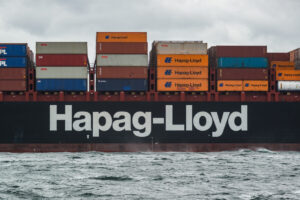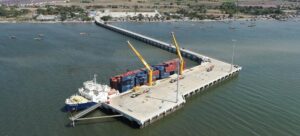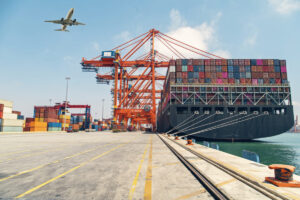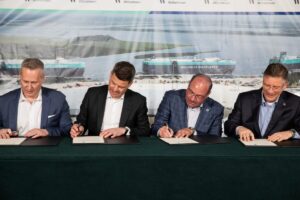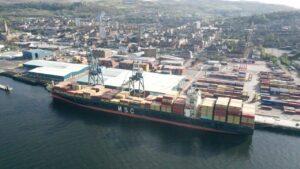The Port of Hamburg has announced its throughput results for 2015, in which the port recorded higher bulk cargo throughput and a downturn in container handling.
In 2015, seaborne cargo throughput in the Port of Hamburg was 5.4% lower at more than 125 million tonnes, which in TEU terms stood at more than 800,000.
A total volume of 41.2 million tonnes saw growth of 5.8%, compared with 2014.
In 2015, the number of containers handled fell by 9.3%, which is significantly lower than 2014.
Read: HHLA Sees 2015 Revenue Slide
German Senator Frank Horch said: “Anybody familiar with the port business will realise that the Port of Hamburg’s success cannot be measured solely in TEU.
“Its success is composed of many elements. What makes the Port of Hamburg strong is its character as a universal port.
“The Port of Hamburg is actually one of the largest and most varied industrial zones in Germany. Cargo handling, logistics and industry are closely intermeshed here and mutually cross-fertilising.
Technical Paper: The smart Port of Hamburg
“The port consists of the sum of these numerous and multi-facetted activities, something that cannot be described by throughput figures alone.
“I most urgently warn you against conjuring up crises. That harms our port and plays into the hands of our competitors. For us, economic fluctuations are nothing new – they are part of our business.
“Nobody disputes that we are confronted by great challenges. But, together, we shall master them.”
Read: Maersk Create Fruit Service for Hamburg
The Port of Hamburg reported growing seaport-hinterland container transport by rail, which was up by 2.8%, and by inland waterway vessels, which was up by 27.5%.
Axel Mattern, Marketing Executive at the Port of Hamburg Board, said: “Among the ports of Northern Europe, the Port of Hamburg has maintained its strong position on container traffic with the Baltic region.
“Compared to ports such as Antwerp and Rotterdam, Hamburg reports an around 7% higher proportion of transhipment cargo.
“This is one of the reasons that Hamburg is more seriously affected than Antwerp or Rotterdam by weakness in China’s foreign trade and Russia’s economic problems, for example.
“A large share of the cargos handled in Hamburg for China and Russia is transhipped via Hamburg, and loaded from oceangoing containerships on to feeder ships.
Technical Paper: How the Port of Hamburg became mega-ship ready
“Container traffic with China [was] down by 14.4% and with Russia by 34.4% could not be offset in volume by growth in container traffic with other countries such as Malaysia, India, the United Arab Emirates or Mexico.”
Read: Port of Hamburg: A Vision for 2016
Ingo Egloff , Marketing Executive, Port of Hamburg Board, said: “We urgently require dredging of the channel so that ultra-large vessels in particular can be more flexibly handled, and transhipment cargo in the Port of Hamburg ensures employment at the terminals.”
“After dredging of the channel, an ultra-large containership could transport up to 1,800 additional TEU.”
Egloff concluded: “In 2015 there was a further increase in the number of extra-large containerships with slot capacity of between 14,000 and 19,000 TEU, calls by these being up by 142% at 150.”

